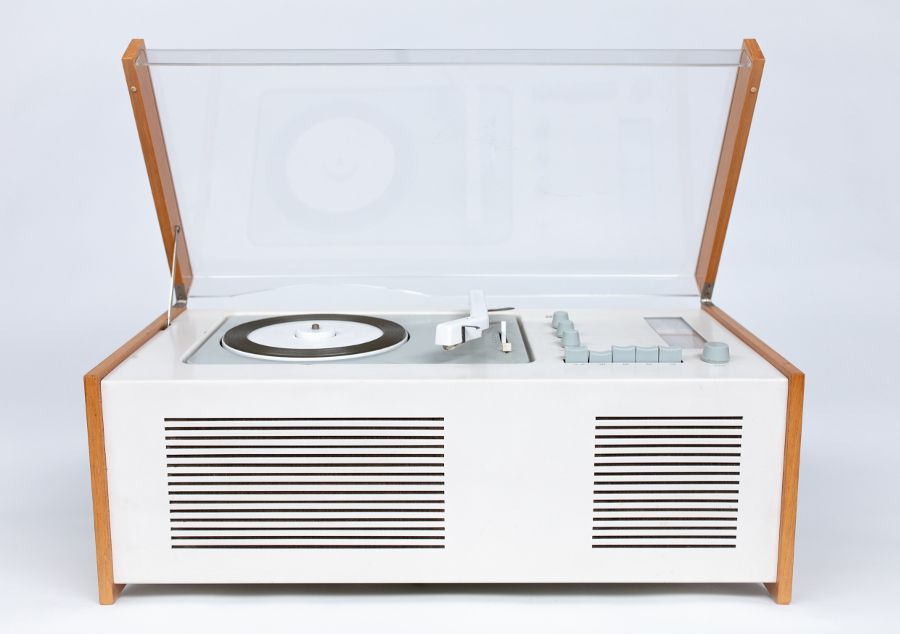Dieter Rams sits on stage at the Technical University of Munich taking questions from the audience. A man stands and asks why, considering the range of products he designed over his long career, he never designed cars. Rams told him he never liked the automobile industry. Its priorities were always wrong, so there was no value in it.
“What about Tesla?” comes the follow-up question. “Their focus is different.”
Ram’s response is clear: Tesla might be making cars with a purpose that differs from its competitors, but the company is still making cars. To his mind, it’s the entire system that needs to change in order to start creating products of real value. Products that have the potential to change the world.
This early interaction in Rams, the new documentary from Gary Hustwit (Helvetica) illustrates why the film’s subject is championed as the face of modern design. In an illustrious career founded on ten iconic principles for good design, Rams has worked not simply to make products look better, work faster, or boost brand awareness. His goal has been to make things better, to make life better, whatever that might take.
It might seem a lofty goal, but Hustwit recognises and highlights how Rams’s work has succeeded in doing just that. Watching Rams move from design school in post-war Germany, to his early days in architecture, the defining moments in his time at Braun, and his transition into furniture with Vitsœ, we see how his burgeoning style shaped lifechanging products of the 20th century.

But Rams is about more than its subject’s designs. What makes the film most impactful – especially in comparison to similar documentaries of late – is in its emphasis on process and philosophy. Whether you’re a designer or not, there are lessons to be learnt in Rams’s work.
From his passion for strong collaboration, to his focus on practicality and longevity, Rams’s methodology is destined to last even longer than the products he designed. The reason for this is summed up in a single comment made early in the film: “You cannot understand design if you don’t understand people”. And understand them he did.
It’s why companies like Apple – arguably the most design-obsessed tech company on the market – still incorporate design elements first invented by Rams decades ago. Society has looked at many of these elements, such as the iPod’s scroll wheel, which many infer was inspired by the dial on Braun’s 1958 T3 Radio, and call them wholly original. The mistake is understandable, and a testament to Rams’s timeless understanding of the human experience.
His influence is soured, however, by what he calls the “un-culture of abundance“. Modern emphasis on brand awareness, and the rise of products purposefully designed not to stand the test of time stand almost as an affront to Rams, who recognised the environmental impact of his work long before it became a global talking point.
The final act of the film spends significant time reflecting on this, with long shots of Rams exploring nature, or inspecting the new Vitsœ headquarters, which is designed to be as environmentally friendly as a building could be. It’s a shift, but one that doesn’t feel shoehorned.
Near the end of the documentary, Rams announces “Good design doesn’t just happen…it’s rather an outgrowth of our education”. It’s a somewhat ironic comment coming from a man who has played a significant role in defining good design over the last half-century, but also a fitting one. The pinnacle that he reached in his work should serve as a stepping stone for the next generation who, with his principles and the needs of the people etched firmly in their minds, will design the future.
—
RAMS screens at ACMI from March 28th to April 9th.
